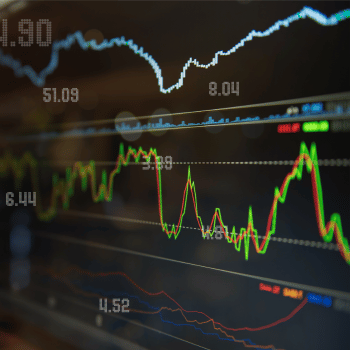The Pump-and-Dump scam and how it works
 Pump and Dump (P&D) refers to fraud that has become increasingly common in the financial market.
Pump and Dump (P&D) refers to fraud that has become increasingly common in the financial market.
The scam begins with a group of malicious people identifying a low-cost asset and investing in it. They then attempt to artificially increase the price of this asset by spreading misleading or exaggerated information about it, such as the promise of fast returns. Interested in the deal, other individuals begin to invest in the security, causing the price to inflate rapidly (the famous ‘pump’).
Once the price rises high enough, the scammers quickly sell all their shares at said high price, profiting from the artificial increase in value. With the resulting oversupply of the asset in the market, prices fall sharply (the famous ‘dump’). As a result, the remaining investors end up losing money and generating losses.
Cryptocurrencies: a leading target
The pump-and-dump scheme can be applied to an array of asset types, from stocks to even more complex investment products.
However, cryptocurrencies are particularly attractive to pump-and-dump scammers as they are usually traded on decentralized platforms, making it significantly more difficult to track, identify, and, consequently, hold the culprits behind the scam accountable.
Let's take a look at how the cryptocurrency market is especially vulnerable to this crime.
The scammers kick things off by choosing a low-liquidity cryptocurrency, usually one with low value and trading volume. They then begin to actively promote the cryptocurrency in online discussion forums and on social networks, spreading false or exaggerated information about the currency's upside potential. This promotion leads to artificial demand that causes the price of the cryptocurrency to rise rapidly. This is the pump phase.
When the price of the cryptocurrency reaches a high enough level, the scammers sell off all their coins, causing a sharp price drop. This creates a cascading effect, as other investors also attempt to sell off as quickly as possible, causing the asset to decline in value even further. This is the dump phase. As a result, many investors end up losing money, having bought the currency at inflated prices. The scammers, on the other hand, profit from earlier sales.
How to spot and avoid pump-and-dump scams
To avoid falling victim to a pump-and-dump scam, it’s important to pay attention to the warning signs.
1) Asset prices
If the price of an asset suddenly rises without clear justification, take it as a warning sign: it may mean the currency is being used in a pump-and-dump scam.
2) Keep an eye on the investor community
The community of investors around an asset can be a good indicator of its potential for appreciation. If the community is small, not very active, and is growing rapidly for no apparent reason, it is highly likely a pump-and-dump scam.
3) Trading volume
Trading volume is an important indicator of an asset's liquidity. For example, if a cryptocurrency usually has a low trading volume that suddenly starts to rise, be careful.
4) Check information sources
Before investing in a bullish asset, it’s really important to check that the people recommending it as a supposedly profitable investment use reliable and legitimate sources. If the information is being promoted by unknown or suspicious sources, it’s probably a scam.
5) Research
Researching the asset before investing is a fundamental and non-negotiable step. Read white papers, follow the investor community, and always be on the lookout for warning signs.
Conclusion
Pump and dump is a dangerous scam that can lead to significant losses to victims. As such, it is important to remain vigilant when it comes to investments and to be wary of offers that seem too good to be true.
Culprits of pump-and-dump scams are subject to legal penalties if identified. So, if you suspect that someone is engaging in this type of practice, report it to both the platform where the news is being reported, such as social networks, and also to the appropriate authorities. That way you ensure your own protection and that of other investors.
Article originally written in Portuguese by Perallis Security Content Team: Pump and Dump: o que é e como funciona essa fraude? — Perallis Security
